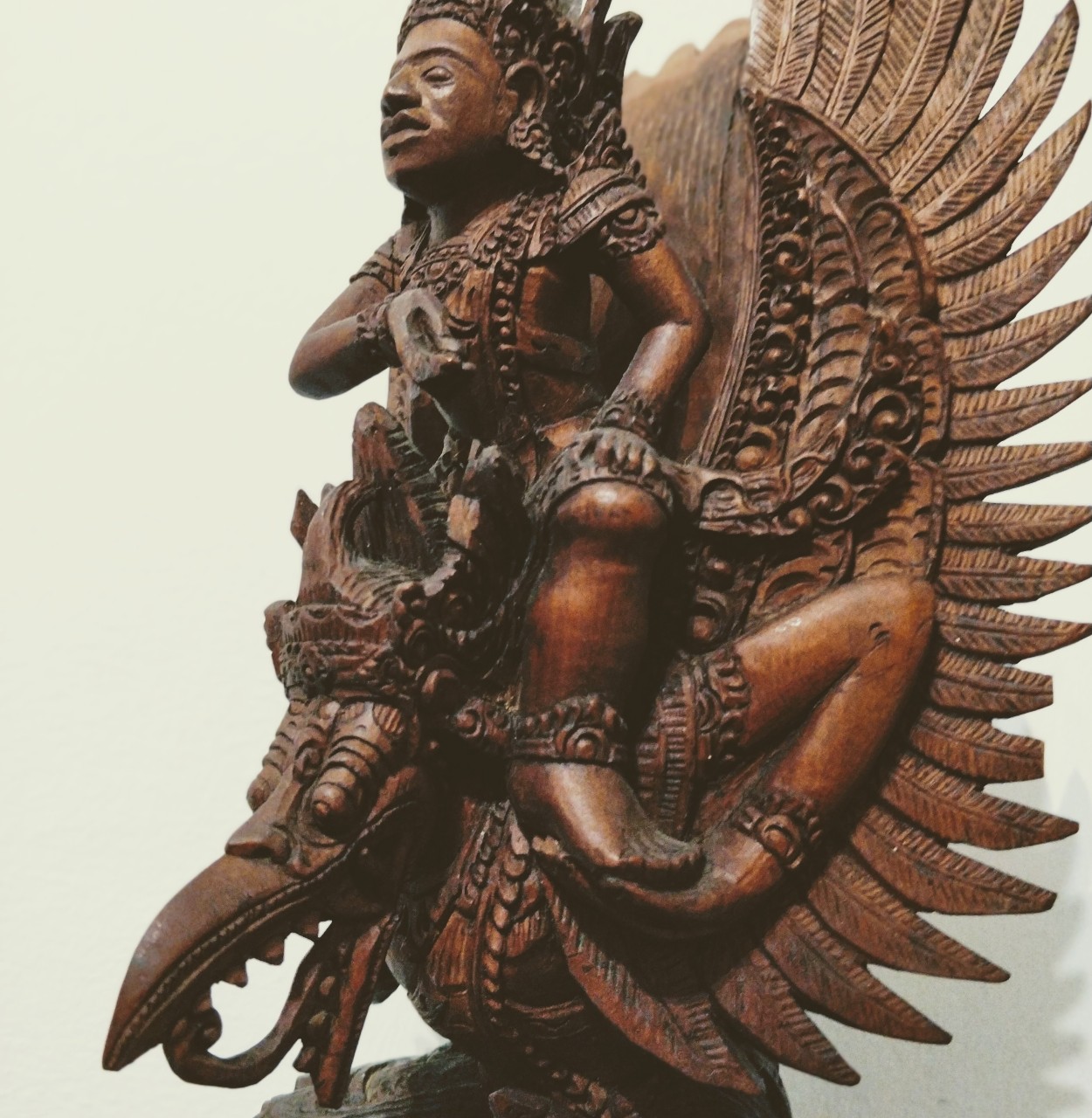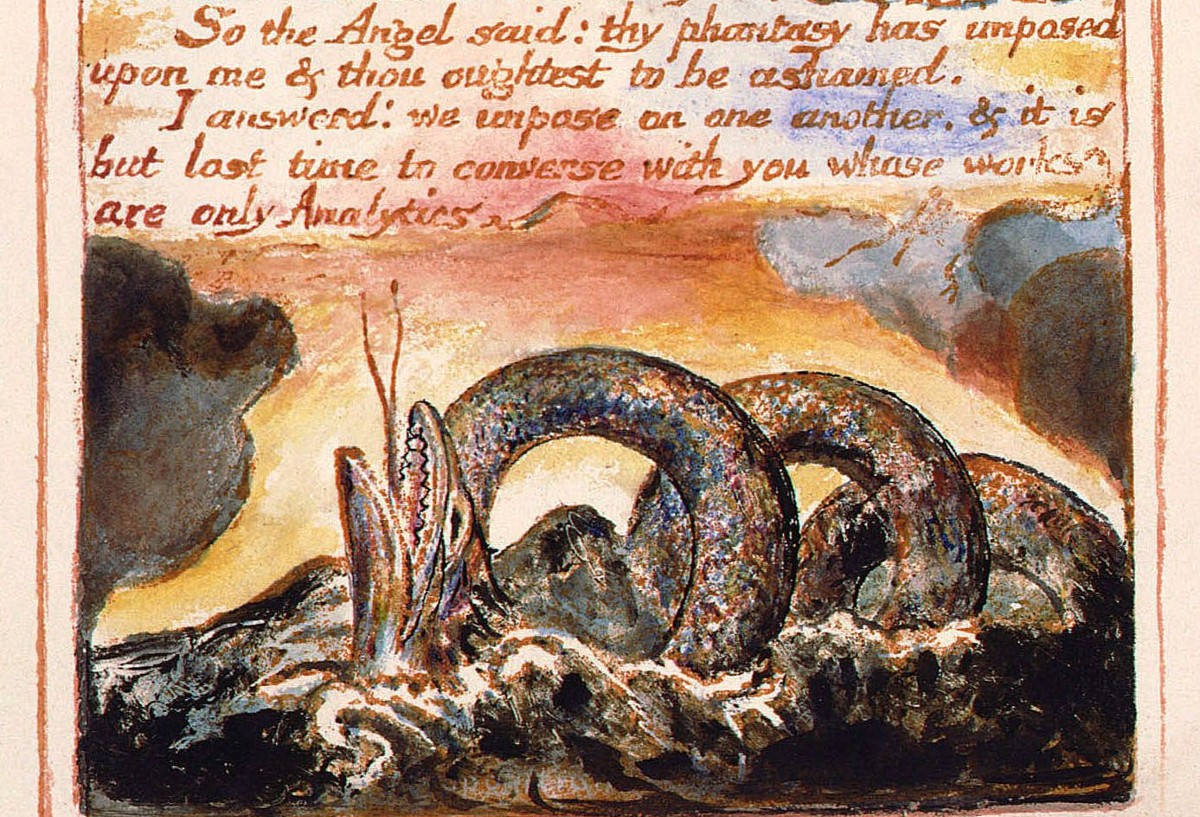
The body is a device to calculate
Rumi, trans. by Coleman Barks
the astronomy of the spirit.
Look through that astrolabe
and become oceanic
Somatic or bodily experience is a realm that we don’t easily talk about, or acknowledge, as it can seem both beneath our notice, and embarrassing somehow; so primal and distant from the cognitive as to be meaningless, and therefore pointless. It’s in tummy rumbles (the wonderfully named borborgyrations), and in burps, farts and other impolite noises. It’s in the tightening in the throat or jaw, the heaviness in the chest, the churning stomach. It has a powerful effect on us, to the extent that much of our life can be dominated by it, yet we rarely give it any attention.
When I work with people who have repetitive, ruminative thoughts, I would bet money that the source of those thoughts is somewhere in the deep core of the body, an unhappiness that is trying to make itself known, and which manifests as thoughts because that is the only way it can get attention. We are often like the drunk guy looking for his keys under the lamp-post, not because that’s where he dropped them but because that’s where the light is. The same would be true of many aspects of ‘mental illness’: we are disturbed by alien, mad, irrational and intrusive thoughts, yet their origin is often in our own body. The menacing phone calls are coming from inside the house!
An anecdote from my own life: several years ago I was in an unhappy relationship, one that I was doing my best to sustain. One afternoon I went out picking mushrooms, and I had some on toast when I got back. In the evening, my girlfriend did something that angered me, and I suppressed the anger because I knew from long experience that it would only make things worse. When I went to bed that night I was plagued with the thought that I had eaten Death Cap, the mushroom that causes 95% of mushroom fatalities. I couldn’t get this out of my mind, and I had to wake myself up properly and think it through. I knew it wasn’t Death Cap, so why did the thought come to me so insistently as I was drifting towards sleep? Then it began to make sense: Death Cap is lethal because it painlessly destroys the liver and kidneys, and then you die, slowly poisoned by your own toxins. In the same way, when you suppress your anger, it begins to eat at your insides.
I always think of this mushroom story as an illustration that a paranoid anxiety is a truth trying to express itself in a weird way, because we didn’t want to, or know how to, listen to its native tongue. I could give many examples from clients where PTSD, OCD, paranoia, depression or whatever turn out to be a simple communication in an as-yet unknown language.
Although therapies that focus on the body are all about the neuroscience, the Autonomic Nervous System, the vagus nerve in its wanderings, dysregulation and so on, the truth is that we are dealing with a psychoid phenomenon. Jung spoke about the somatic unconscious and the psychic unconscious: that as we go into matter it grows unconscious; and as we go into mind, the same. Just like certain mental experiences, the body is an altered state of consciousness, a zone (to use a term that Weird Studies takes from the Tarkovsky film ‘Stalker’) in which normal rules do not apply.
The psychoid is Jung’s term for the subtle body, an energy-and-information body that seems to underlie both physical and the mental. Whether we follow the imaginal or the somatic, we find our way to the subtle body. It encodes everything about who we are as an individual, and also who we are relationally and socially.
For example, if someone lives with a lot of guilt and shame, their life might be oriented towards trying to find innocence and forgiveness, and that will affect and structure the body. This might manifest as a collapsed posture of silent remorse and apology, or as a rigid monk-like uprightness, tensing the diaphragm and solar plexus as that person tries to demonstrate that they are in control of their baser impulses. Both of these centre on what ancient India identified as the fourth chakra: in the first example the person is silently communicating that “I have no strength, I’m not a threat”, and in the second, “I have more strength than the wickedness in me”.
I wonder how many of the horrors of weird fiction have their origins in unexpressed bodily sensations and impulses, taking ever wilder and more distressing forms in the imagination as they struggle for our attention. These, perhaps, are the Great Old Ones of HP Lovecraft’s stories, Cthulhu lurking in the oceanic depths in his long sleep, haunting our world with his nightmares. And in some sense the weird is the obverse of the world we seem to live in, in which ‘normality’ has us in an iron grip while we careen wildly towards the edge of nuclear armageddon, climate breakdown or extinction – tune in next week for another cliffhanger! Allowing the weird into our awareness can paradoxically have a medicinal effect, one that I experience as a calming sensation deep in my entrails.
As a friend put it, speaking of cosmic horror, “when you’ve faced the tentacle, you can do anything!” And maybe the tentacle we really need to face is also an intestine, troubled and burdened with a message we won’t listen to; and also the chain of all the encoded rules that we’ve internalised to keep some inner beast ‘safely’ locked away.
Following Martin Buber, treating the body as a thing, an ‘It’, rarely ends well. If instead we treat it as a Thou, a friend, a conscious being who is also the I, but in material form, then it might have a gift for us.
Copyright © 2022 My Sunset by Bogdan Bendziukov.




